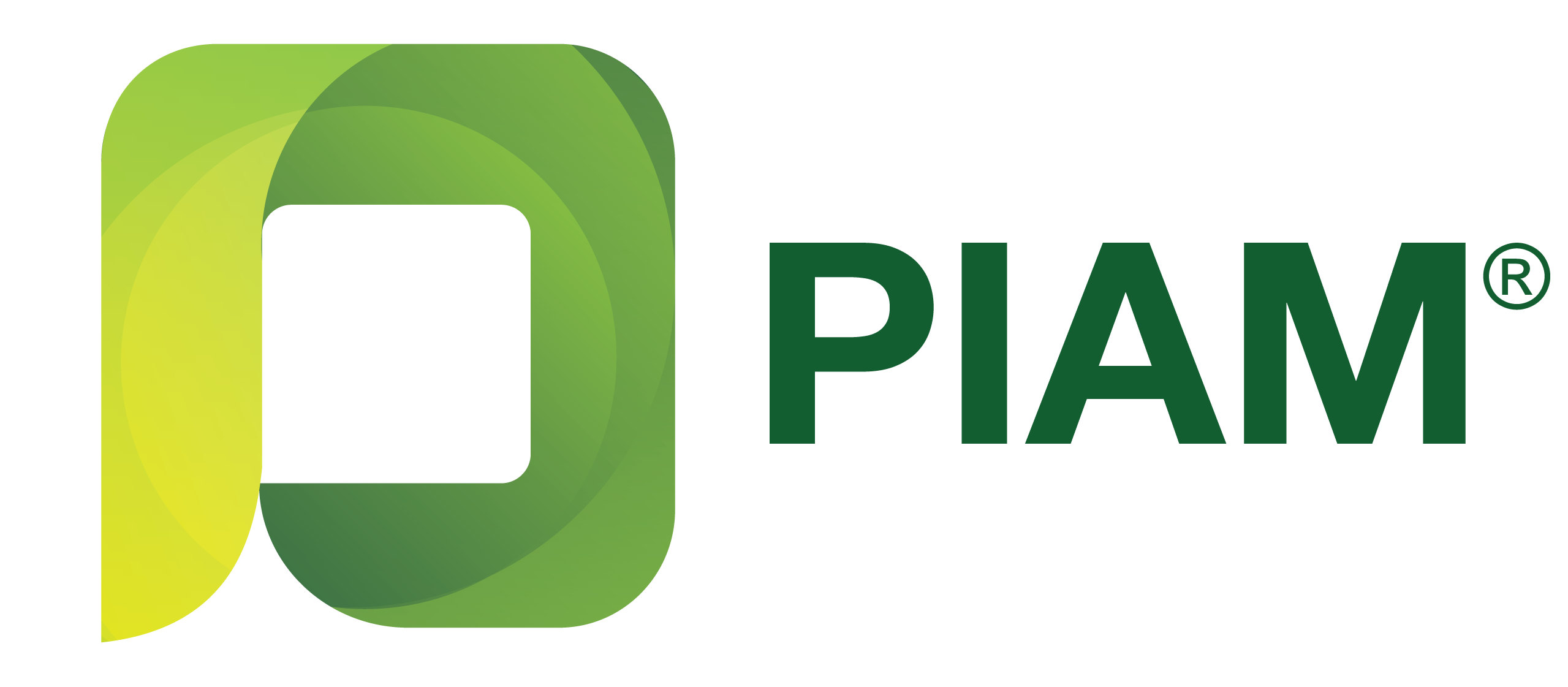Share Now
Kuala Lumpur, Monday, 5 August 2019 – The insurance/takaful industry players believes that establishing long term trust, improved customer satisfaction and better customer engagement can potentially drive insurance and takaful in Malaysia to greater heights. Thus, in 2017, the insurance and takaful industry introduced its revised Customer Service Charter (CSC), which was an improvement from the previous Charter introduced in 2011. The revised charter focussed on 4 pillars: (1) Insurance/Takaful Made Accessible through Better Engagement and Improved Services, (2) Knowing the Customer to Build Trust, (3) Timely, Transparent and Excellent Service to the Customer’s Satisfaction and (4) Fair, Timely and Transparent Claims Settlement Process to provide Peace of Mind. The Charter defines the minimum service level expected from insurance/takaful operators, taking into account digital processes in the industry that reduce the turnaround time of certain services.
And in its effort to raise the service levels of the industry further, a Customer Service Index (CSI) study was undertaken to promote and reinforce fair and responsible practices, with a long term view to empower consumers, in line with Bank Negara Malaysia’s initiatives under the Financial Sector Blueprint 2011-2020.
The CSI Study was commissioned by the Life Insurance Association of Malaysia (LIAM), Malaysian Takaful Association (MTA) and Persatuan Insurans Am Malaysia (PIAM) (abbreviated as “Associations”) representing all its members i.e. general, life and Takaful companies, to an independent consumer research specialist, The Nielsen Company (Malaysia) Sdn Bhd.
The study commenced in May 2018 and ended in November 2018, covering a total of 8,952 respondents across Malaysia. Nielsen assessed consumers’ expectations and actual experiences with insurance/takaful services against the standards set in the CSC.
This initiative was critical to establish a baseline on the industry’s performance on customer satisfaction under the four pillars of the CSC. The research was intended to also help industry players to reinforce their strengths and identify key opportunities for improvements, to support the long-term development and sustainability of the three sectors.
The study involved all 47 insurance and takaful operators operating in Malaysia. Five key objectives were identified: 1) determine customer engagement experiences by insurance/takaful operators; 2) assess service delivery levels in accordance of CSC, 3) Assess the level of customer satisfaction towards products and services offered and 4) evaluate consumers’ peace of mind towards insurance and takaful products; 5) Assess the level of trust between customers and insurance/takaful operators.
Several criteria were laid down on the eligibility of respondents to this study:
- Policy holders who are also Life Assured in their policies
- Those who purchased insurance/subscribed takaful within past 24 months; OR
- Those who purchased insurance/subscribed takaful within past 24 months AND made claim within the same period of time. The claim cases were closed with final decision mutually accepted by company and claimant within same period, excluding cases which are still in negotiations, investigations and/or disputes.
There were 4 key lessons that the Associations benefited out of this study.
- Increasing customer awareness on CSC is imperative to manage their expectations and improve satisfaction. Customers who are not aware on CSC tend to set their expectations without reasonable understanding on various processes and rational of actions/decisions by ITOs (Insurance and Takaful Operators) will lead to lower satisfaction. As such it is necessary for the customers to be educated on the service level that they deserved.
- Claim is the “moment-of-truth” for consumers of insurance/takaful product. A seamless claim experience will boost customers’ confidence on the ITOs, especially on timely acknowledgement of claim submission and awareness on time for claim settlement.
- Leaders tend to outperformed on initial interactions with customers and key satisfaction drivers (Pillar 1: Accessibility and Pillar 2: KYC process) that forms strong, positive perception on the company. They understand that customers often view their experience as single journey. Addressing these satisfaction drivers and investment into initial interactions are likely to lead to higher levels of customer satisfaction and loyalty.
- The industry is still mostly driven by the agency force. By nature, insurance is a push-driven product/service that requires intense servicing especially during the initial contact with customers and claim. Thus, the industry needs to rethink and redesign the agent’s role as a protection aggregator and servicing customer needs, which is more than just a product distributor. Due to the perceived disjointed customer experience in Bancassurance/Bancatakaful channel, the ITOs needed to establish a seamless customer service platform that allows continued service to those who purchase insurance from the bancassurance channel.
The CSI had also indicated that most importantly there is a need to sustain customers trust and confidence by having knowledgeable and ethical staff and agents. On that note, the Associations view that this could be achieved by:
- Ensuring employees and intermediaries are properly trained on products and services offered.
- Training must be provided any time a new product is launched and regularly as refresher courses on existing products.
- Understanding customers’ needs is imperative by profiling the customers’ adequately to ensure customers get the right products consistently.
The key outcomes of the survey reflected an industry that has improved on many fronts. Active engagement before transaction meant customers are generally given thorough consultation before a plan is suggested. With all companies putting emphasis on building their customer profile and employees adhering to its own client service charter, it augurs well for the industry. The expansion of services offered through online and banca counters makes accessibility far better than before.
The CSI study have highlighted the key strengths and opportunities of improvement of Malaysia insurance/takaful industry. It yielded learnings that will form the basis in formulating the industry’s short and medium-term operational strategies. This will become an impetus for the industry to perform even better, creating a sustainable and value based, self-regulated industry, which could translate into better financial protection for Malaysians.
Further information on the Customer Satisfaction Index can be found on the LIAM, MTA and PIAM websites set out below:-
LIAM: https://www.liam.org.my/
MTA: http://www.malaysiantakaful.com.my/
PIAM: https://piam.org.my/
The Customer Service Charter is available on all insurance companies’ and takaful operators’ websites and can also be found on the Associations’ website.
Limitation of this study:
- Respondents’ feedback may be formed by different experience by different operators across the sectors (i.e. Takaful, Life and General insurance).
- Differences on demographic representation and product volume of each operators are assumed to be not significant at individual operator’s level for this study. This will be an area for further improvement in future survey.
- In the case of General Insurance, Motor Insurance is the dominant class of business. The customer journey, engagement and processes are different in comparison to other insurance classes as it involves the repairs of motor vehicles and third-party arrangements.

